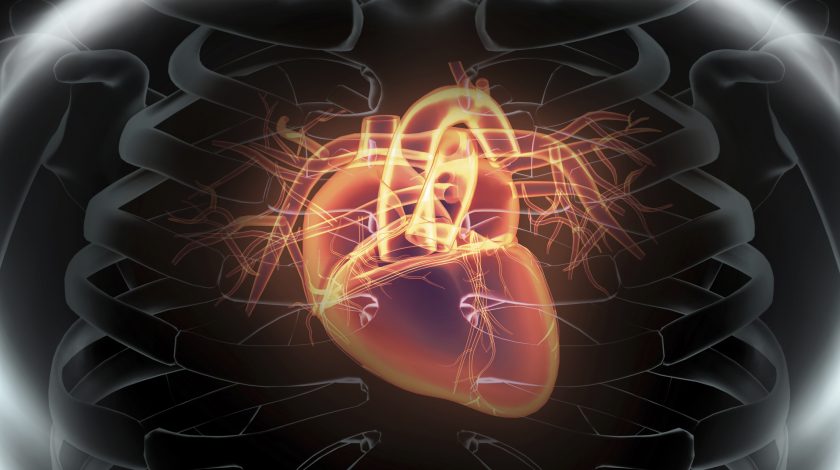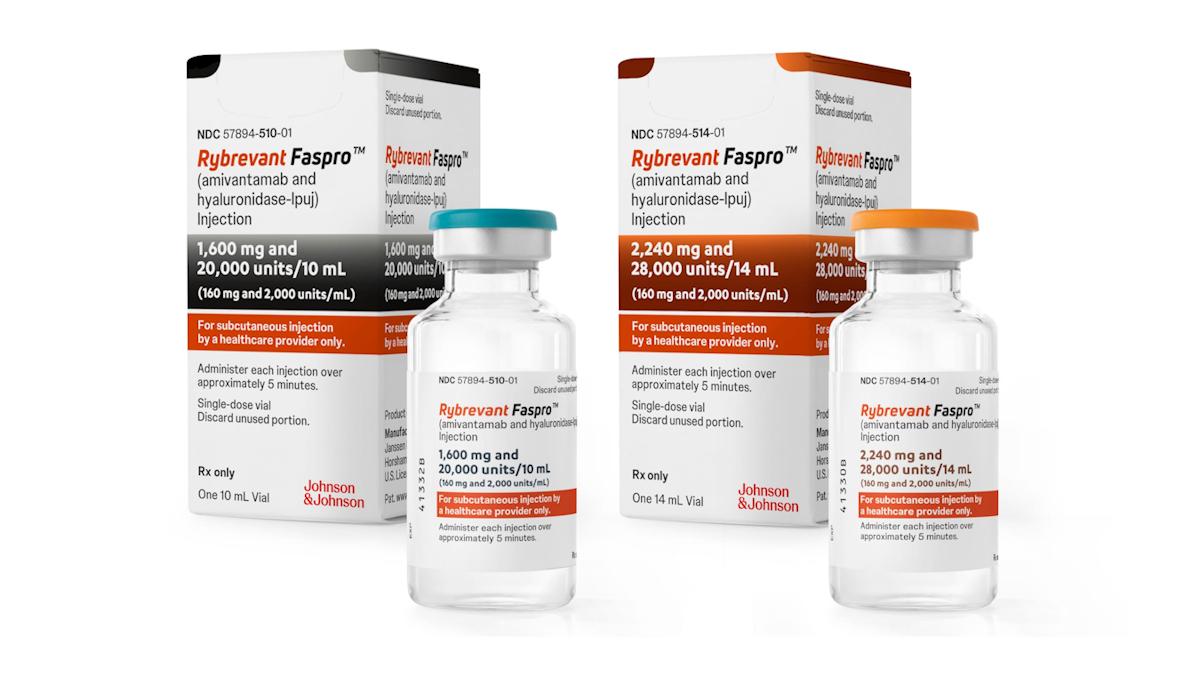Boehringer, Lilly’s Jardiance tries to match AZ’s Farxiga with heart failure label

Boehringer and Eli Lilly have moved closer to a heart failure indication for their SGLT2 inhibitor Jardiance, as the FDA starts a fast-track review of the drug in its first use beyond diabetes.
The US regulator is looking at data from the EMPEROR-Reduced trial of Jardiance (empagliflozin), which found that the drug achieved a 25% reduction in the combined primary endpoint of cardiovascular death or hospitalisation compared to placebo.
Lilly and Boehringer claim almost 60% market share for Jardiance among SGLT2 drugs used to treat type 2 diabetes, driving blockbuster sales for the brand.
It was the top-selling drug in the SGLT2 inhibitor class in 2019, with sales of almost $3 billion, helped by side-effect problems that have afflicted first-to-market rival Invokana (canagliflozin) from Johnson & Johnson.
However its rivals – which also include AstraZeneca’s Farxiga (dapagliflozin) – have moved more swiftly into areas like heart failure and chronic kidney disease (CKD) which have made large numbers of new patients eligible for treatment with the class.
The new FDA review – covering Jardiance as a treatment for adults with heart failure with reduced ejection fraction (HFrEF) in patients with and without diabetes – is Lilly and Boehringer’s first chance to fight back.
Farxiga won FDA approval for adults with HFrEF in May 2020, which helped to drive its third-quarter sales up by a third to $525 million. AZ picked up EU approval for the same indication the following November.
Lilly and Boehringer will be hoping for a swift FDA review so that Jardiance will not fall too far behind its competitor in the heart failure category, and that looks likely as the benefit in HFrEF increasingly appears to be an SGLT2 class effect.
GlobalData has said that heart failure could add billions to the sales of the two SGLT2 inhibitors, particularly if they also claim approvals in heart failure with preserved ejection fraction (HFpEF), a larger patient population.
It says Farxiga will reach peak sales of $9 billion in 2028, with Jardiance forecast to reach $4.6 billion, assuming a launch for HFrEF this year. The bulk of those sales will come from HFpEF, however, as in this form of heart failure there is a huge unmet need and no approved therapies.
Boehringer and Lilly are waiting for the results of the EMPEROR-Preserved later in 2021, while AZ should also Farxiga in the DELIVER trial in HFpEF, with additional data on both HFrEF and HFpEF due from the DETERMINE study, before year-end.
Meanwhile, EMPEROR-Reduced also showed a slowdown in the rate of decline in kidney function among patients with HFrEF, an effect that Lilly and Boehringer are exploring in the CKD patient population in the EMPA-KIDNEY trial due to generate results in 2022.
Invokana was the first mover among the SGLT2 drugs in the kidney area, winning FDA approval towards the end of 2019 for diabetic kidney disease. After a couple of years of declining sales due to concern about a risk of lower limb amputation, Invokana managed a 25% gain to $224 million in third-quarter 2020.
Farxiga meanwhile has already been filed for CKD on the back of the DAPA-CKD trial, with a verdict due in the second quarter.













